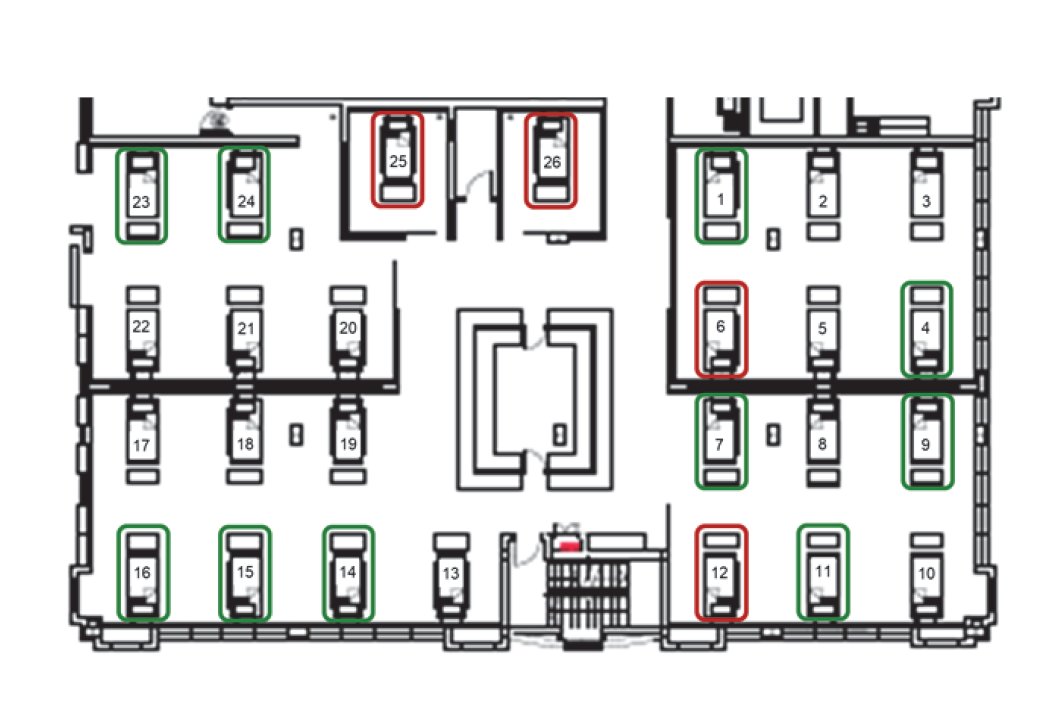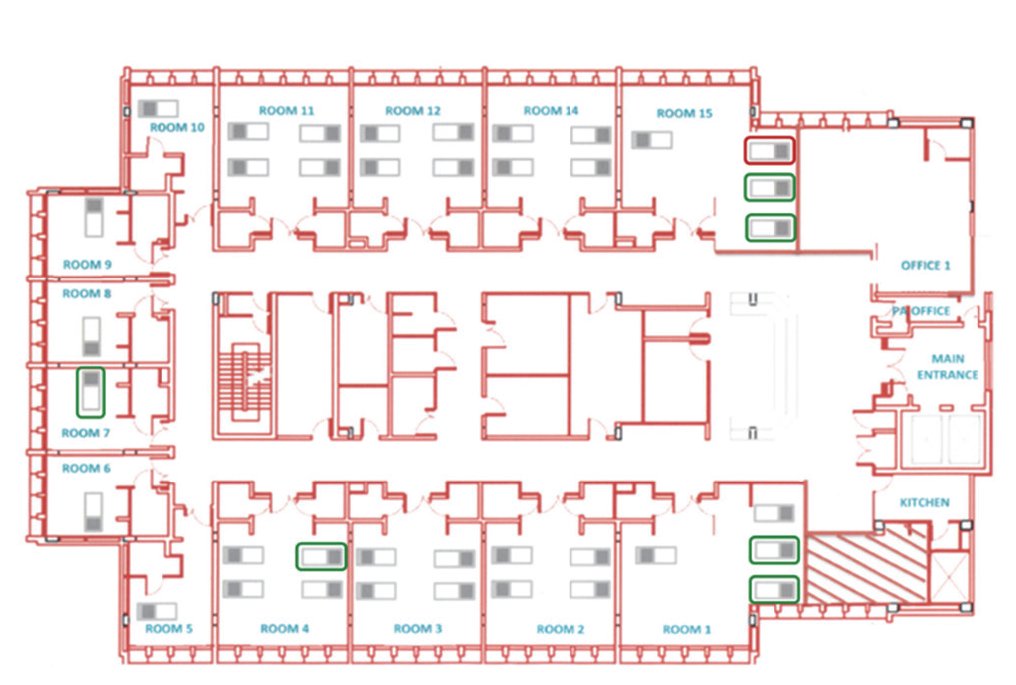. @erictopol: this one is worth another look.
This investigation did not once mention the ventilation system in the entire 37 page report and erroneously ignores potential for airborne.
This is stunning to me (I& #39;ve done investigations of nosocomial outbreaks). Here& #39;s why:
1/ https://twitter.com/EricTopol/status/1264922133722886144">https://twitter.com/EricTopol...
This investigation did not once mention the ventilation system in the entire 37 page report and erroneously ignores potential for airborne.
This is stunning to me (I& #39;ve done investigations of nosocomial outbreaks). Here& #39;s why:
1/ https://twitter.com/EricTopol/status/1264922133722886144">https://twitter.com/EricTopol...
Here& #39;s the problem. In the section on & #39;likely modes of transmission& #39;, they start by saying that evidence shows two modes are possible - droplet and fomite.
They boxed themselves in to this narrow choice. No surprise then that they found that...
2/n
They boxed themselves in to this narrow choice. No surprise then that they found that...
2/n
...if someone got infected after sharing a room, this must be droplet.
But, the placement of the beds make *airborne* the more likely explanation. Take a look at this figure from the ICU, where patients stay in bed. How would someone in Bed12 infect someone in Bed9?
3/n
But, the placement of the beds make *airborne* the more likely explanation. Take a look at this figure from the ICU, where patients stay in bed. How would someone in Bed12 infect someone in Bed9?
3/n
To explain secondary cases where people did NOT share a room, they assume it must be fomite, through a process of elimination (remember, they only gave themselves 2 choices)
5/n
5/n
"exposed individuals were located in different rooms and different areas...making indirect contact via health care workers or fomite transmission more plausible."
6/n
6/n
Basically, here& #39;s their investigation:
-start by saying only 2 modes, thereby boxing themselves into those 2 choices
Then:
-if people in same room = droplet
-if people not in same room = fomite
7/n
-start by saying only 2 modes, thereby boxing themselves into those 2 choices
Then:
-if people in same room = droplet
-if people not in same room = fomite
7/n
They pay lip service to aerosol, but only in a narrowly defined way:
"Aerosol transmission may be possible in specific circumstances and settings in which aerosol‐generating procedures are performed (e.g. endotracheal intubation and manual vent before intubation)"
8/n
"Aerosol transmission may be possible in specific circumstances and settings in which aerosol‐generating procedures are performed (e.g. endotracheal intubation and manual vent before intubation)"
8/n
They then conclude, without actually investigating it, that:
"There is no evidence to suggest aerosol transmission contributed to the outbreak at St. Augustine’s Hospital"
It gets worse...
8/n
"There is no evidence to suggest aerosol transmission contributed to the outbreak at St. Augustine’s Hospital"
It gets worse...
8/n
In the accompanying news article, the lead investigator says, "We think in the main it’s likely to have been from [staff] hands and shared patient care items like thermometers, blood pressure cuffs, and stethoscopes,”
9/n https://www.sciencemag.org/news/2020/05/study-tells-remarkable-story-about-covid-19-s-deadly-rampage-through-south-african">https://www.sciencemag.org/news/2020...
9/n https://www.sciencemag.org/news/2020/05/study-tells-remarkable-story-about-covid-19-s-deadly-rampage-through-south-african">https://www.sciencemag.org/news/2020...
Can you imagine what resources are being spent focusing on things like blood pressure cuffs over the building ventilation, because of this narrow investigation?
This is very dangerous. Must be happening at hospitals all over the world.
--END--
This is very dangerous. Must be happening at hospitals all over the world.
--END--

 Read on Twitter
Read on Twitter



